
August W. Henningsen, chairman of the Executive Board of Lufthansa Technik AG, addresses the crowd assembled on Nov. 20, 2008, in the hangar at the Auburn-Lewiston Municipal Airport, where the Lockheed L-1649A Super Star aircraft was being restored. Russ Dillingham/Sun Journal file photo
AUBURN — The ambitious decade-long restoration of an historic 1950s Lockheed Super Star Constellation at the Auburn-Lewiston Municipal Airport officially ended last year when the plane was boxed up and sent back to Germany, flightless.
As many as 300 people had worked on the craft over the years in an attempt to get the rare plane back in the air. Just how much Lufthansa had spent on the project long remained a mystery.
Until this week.
German aviation industry website Aerotelgraph on Tuesday quoted Lutfhansa CEO Carsten Spohr during an annual general meeting as saying that it cost $150 million euros. Spohr noted the expense was largely covered by donors and sponsors.

The radar dome of the Lockheed L-1649A Super Star aircraft in the giant hangar at the Auburn-Lewiston Municipal Airport in 2008. Russ Dillingham/Sun Journal file photo
The total, roughly $163 million in U.S. dollars, didn’t surprise Ralph Pettersen, who runs the site ConnieSurvivors.com devoted to Constellations and was invited by Lufthansa to the project’s ribbon-cutting in Auburn in November 2008.
“I believe it’s higher,” he said Friday. “For quite a while they had upwards of 100 people working at the Auburn hangar seven days a week. They also were overhauling props, engines and other components at subcontractors, all at aerospace industry rates.”
Having watched the work over the years, airport Director Rick Lanman said Friday “that number is not implausible.”
Lufthansa bought two Constellations parked next to the Auburn airport at a bankruptcy auction in 2007 from Maurice Roundy, who lived next to the airport and had parked them there for 20 years. Original plans called for returning the plane in better shape to commercial flight.
Only 44 of that particular model were built and it would have been the first back in the air. The second plane is now parked in front of the TWA terminal as a cocktail lounge at John F. Kennedy International Airport.
Pettersen remembers the original projection was for the restoration to take just a couple years to finish.
In 2016, Andreas Pakszies, senior project manager for Lufthansa Technik North America, told Smithsonian Air & Space Magazine that the crew had found a lot of parts in need of an overhaul.

Part of a section of the wing on the Lockheed Super Star Constellation aircraft is shown in 2016. Russ Dillingham/Sun Journal file photo
“A lot of metal is corroded, and some companies can provide old parts, but you can’t buy everything,” he said. “We manufactured a lot of things new from the old drawings.”
Pettersen suspects it wasn’t a few particular items but many that ran up costs.
“Everything had to be better than new, which meant that the airplane’s structure and skin was just about totally replaced,” he said. “I read reports that 90% of the sheet metal had been replaced and upwards of 75% of the structure had been replaced. They basically replaced the entire wing structure and skin. Then they got offered a ‘free’ C-130J type glass cockpit that turned out to be a nightmare with integrating it to the rest of the airplane’s analog systems. In addition to the material and touch labor, they probably spent an absolute ton of money on engineering.”

Workers from The Cote Corporation move one of the wings of a Lockheed Super Constellation next to it’s fuselage, right, onto the tarmac at the Auburn-Lewiston Airport in Auburn on July 12, 2019. The aircraft was packed up and shipped back to Germany. Russ Dillingham/Sun Journal file photo
Lufthansa abruptly halted the restoration project in 2018, declining to say whether pace was the driving issue.
It was shipped back to Germany last year, wings off.
Sitting there now, in parts, is “an absolute shame,” Pettersen said, adding that it’s his opinion that there’s no chance of it flying again. “I believe the best outcome would be the aircraft being made into a nice static display.”
Multiple messages left for Lufthansa were not returned.
Lanman said to his knowledge there is “not any effort ongoing to finish the project at this time.”https://youtu.be/jMv07dUPI0M
Send questions/comments to the editors.


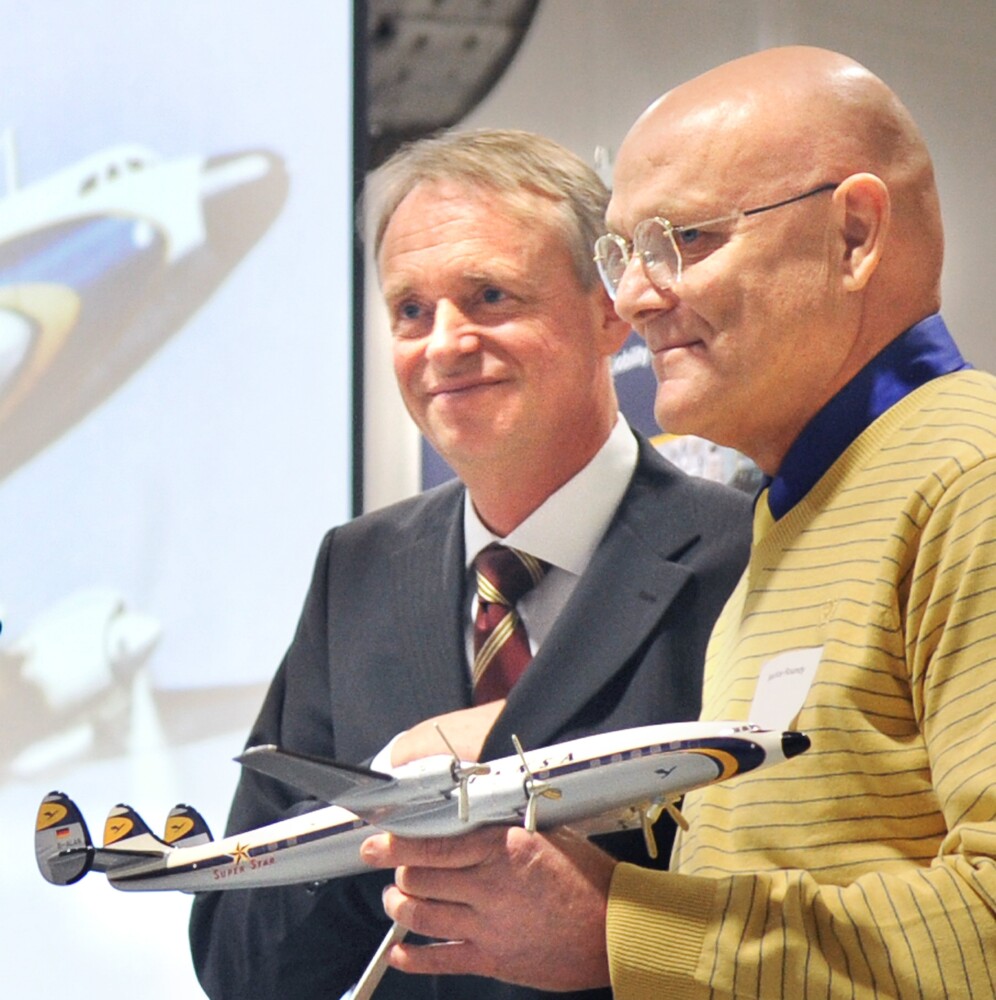

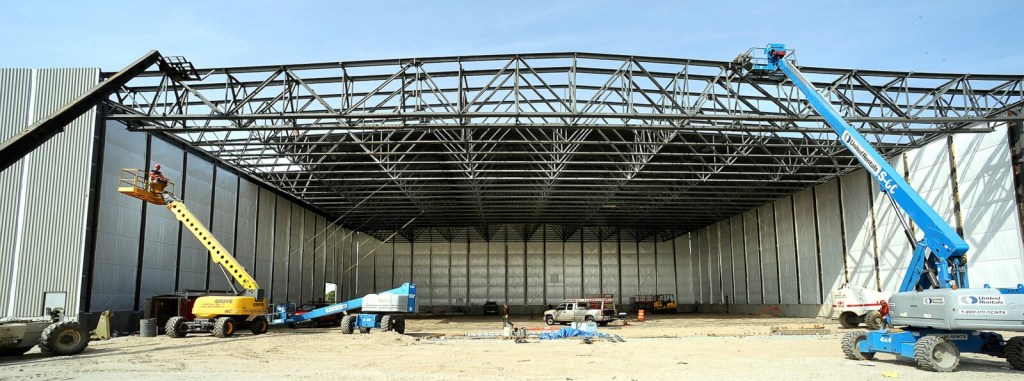
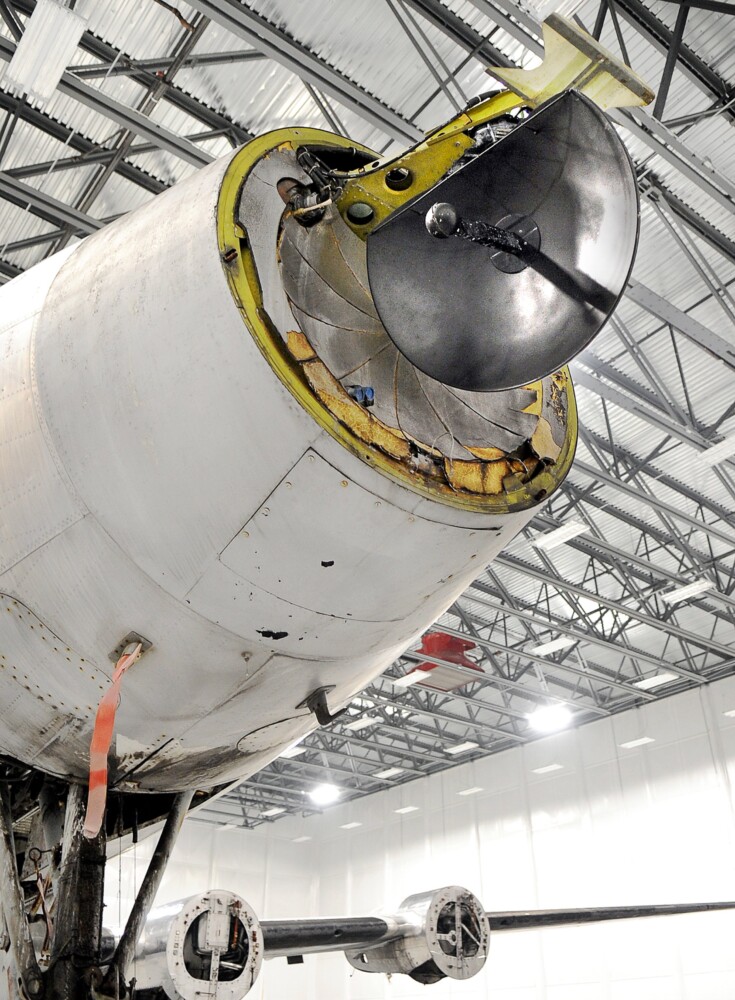
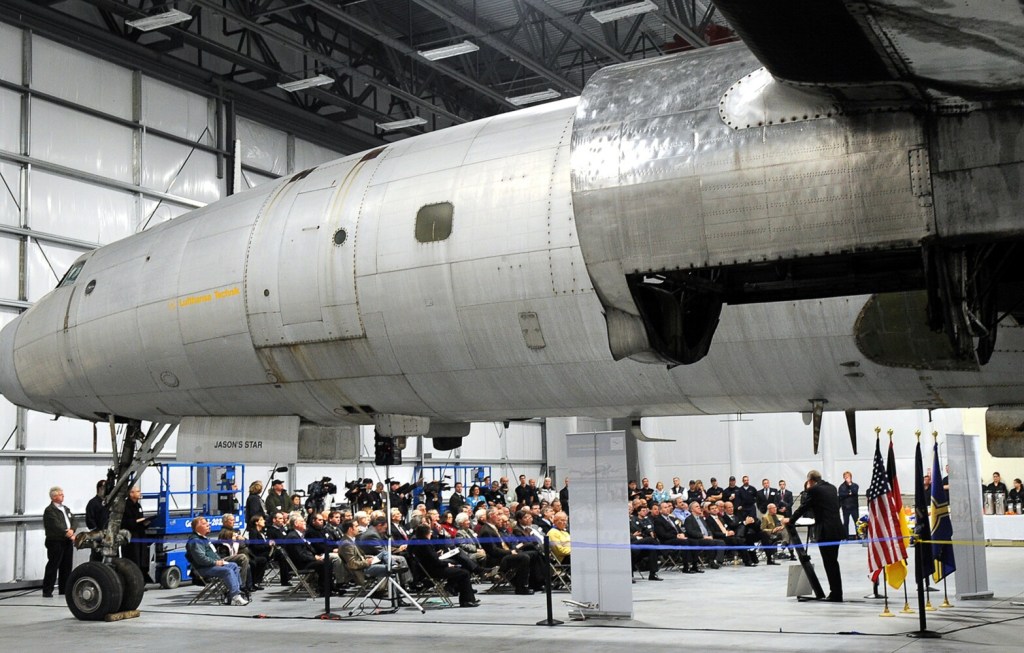
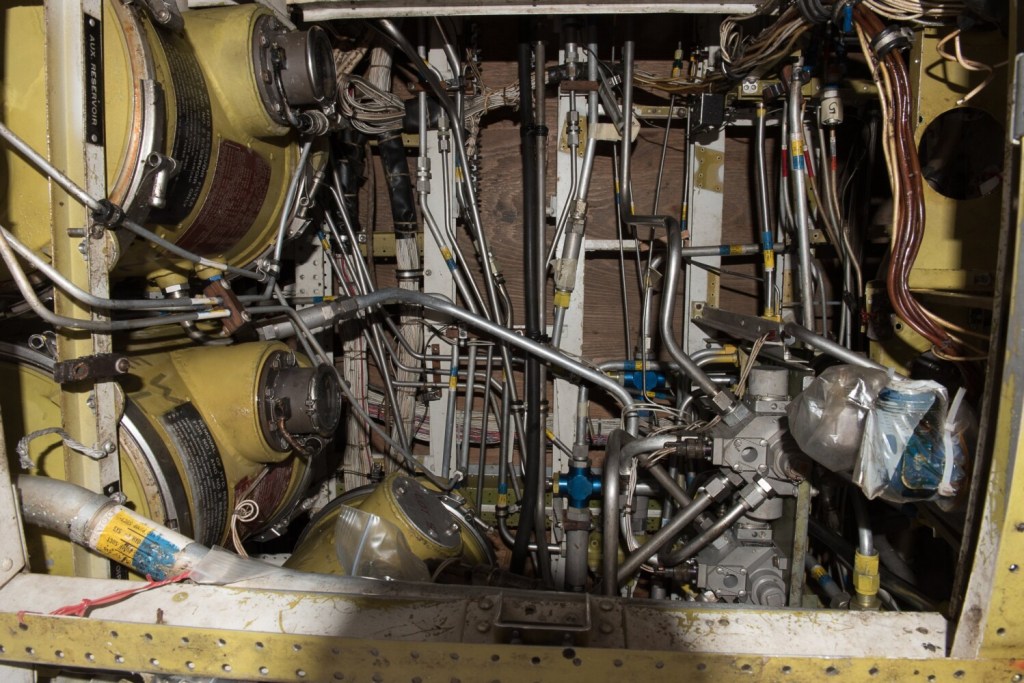
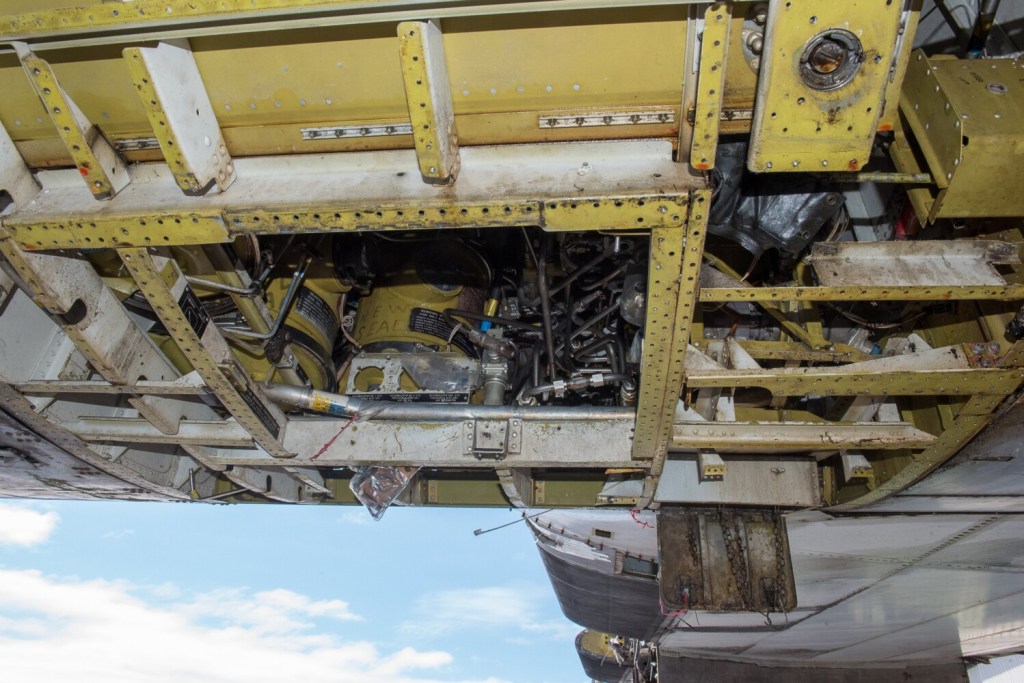
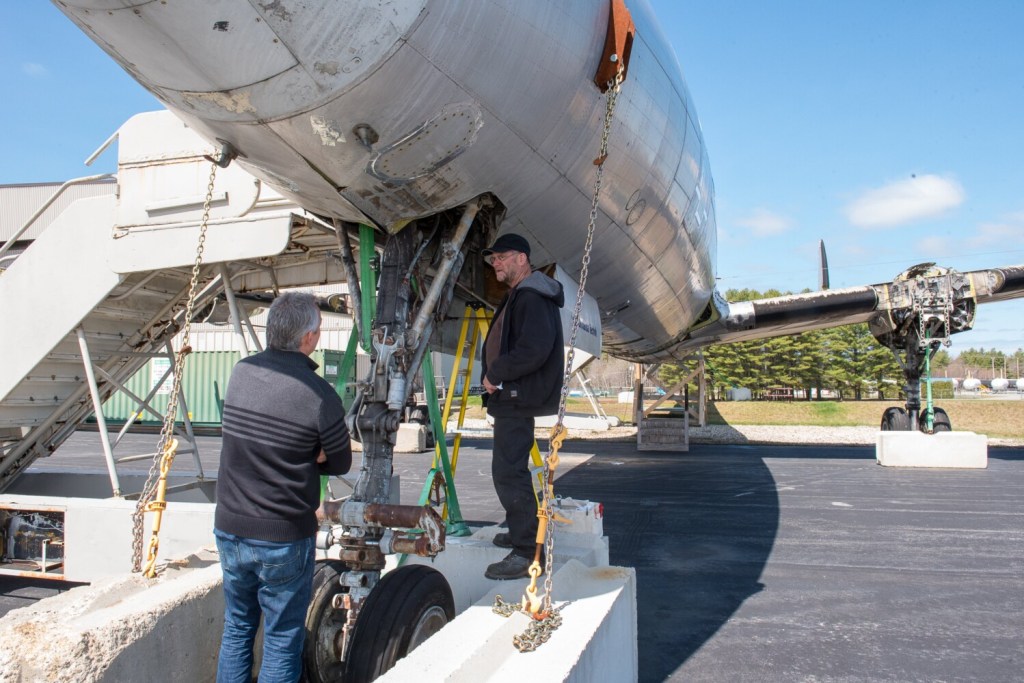
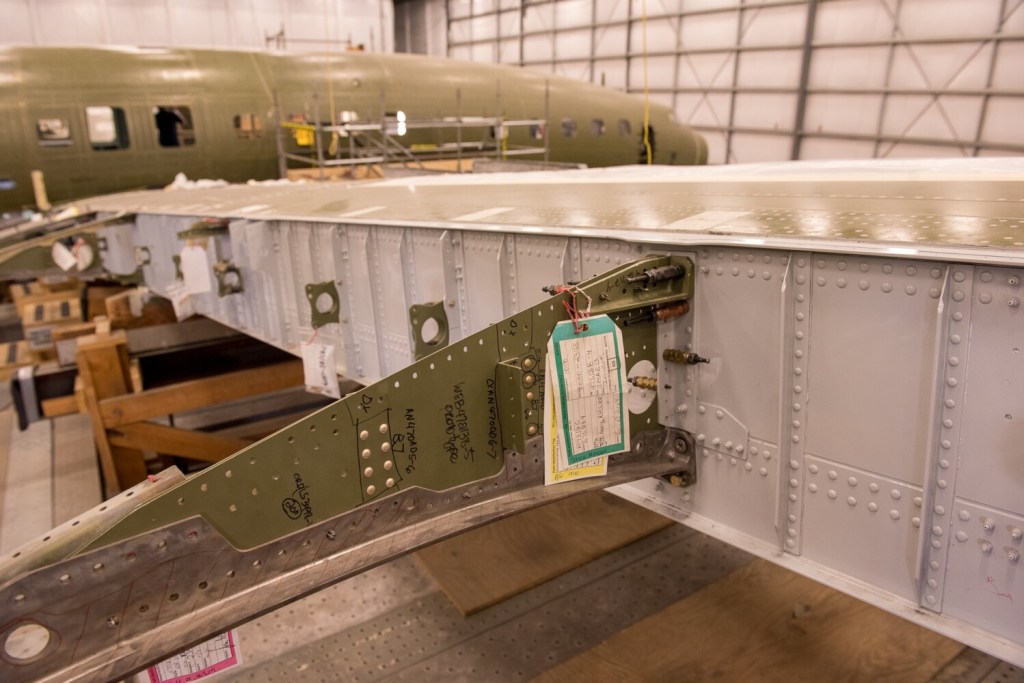
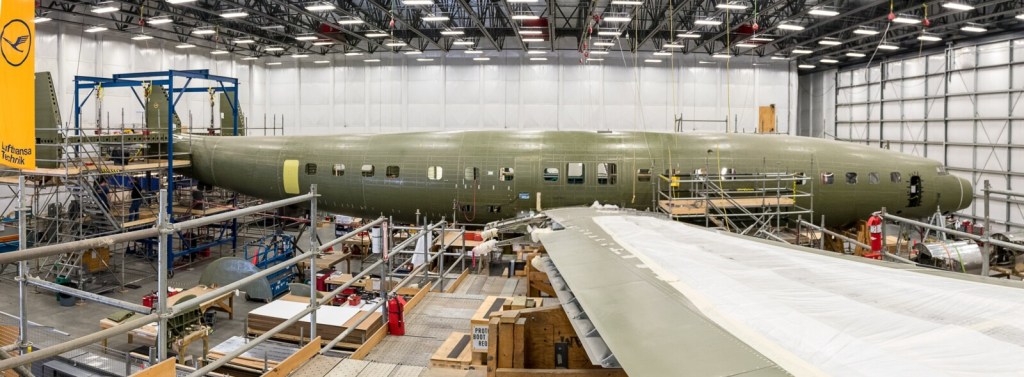
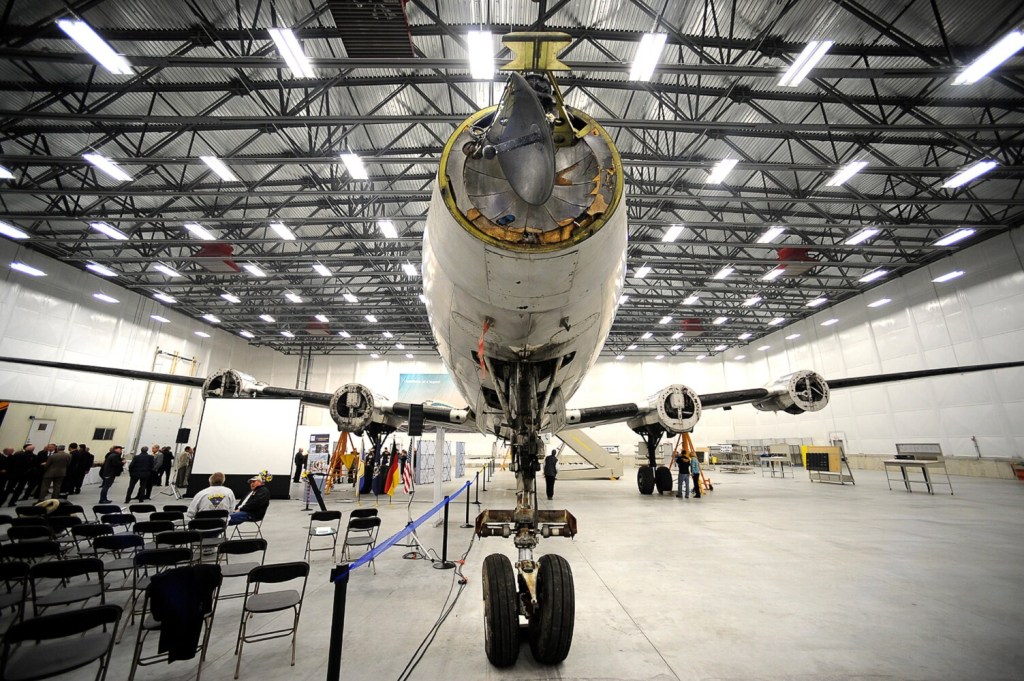
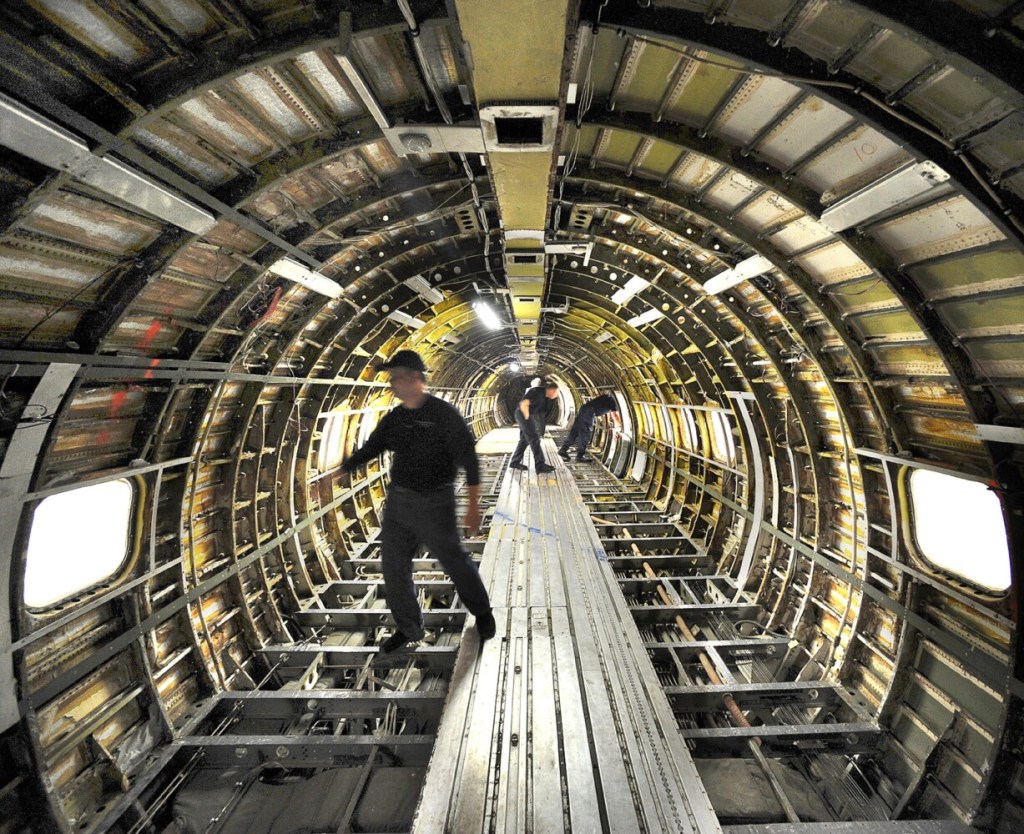
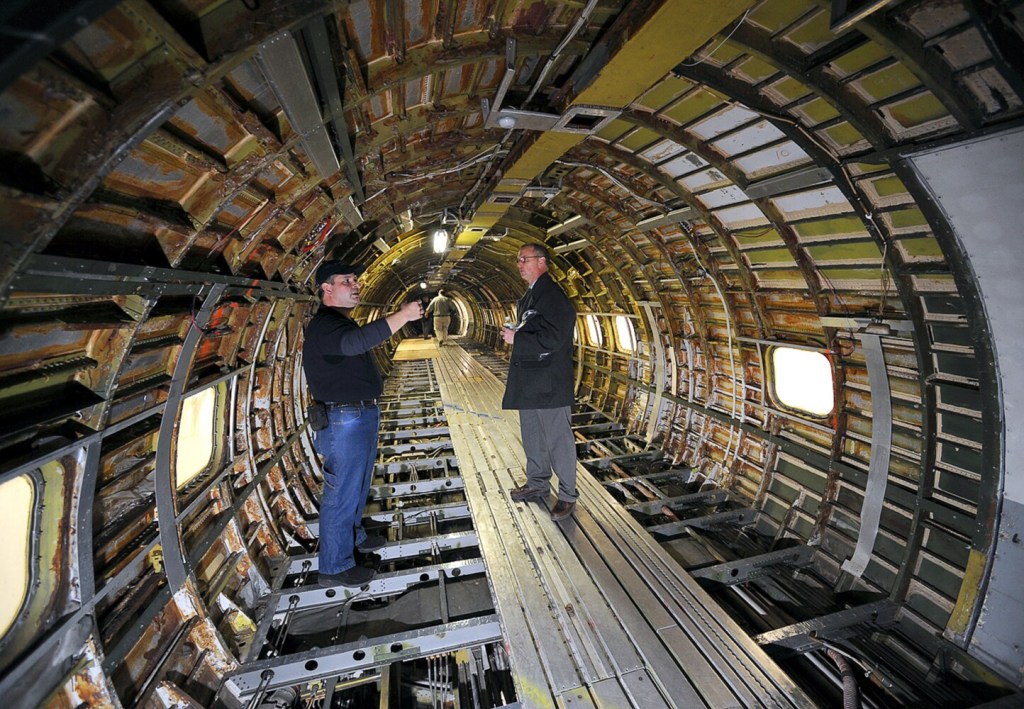
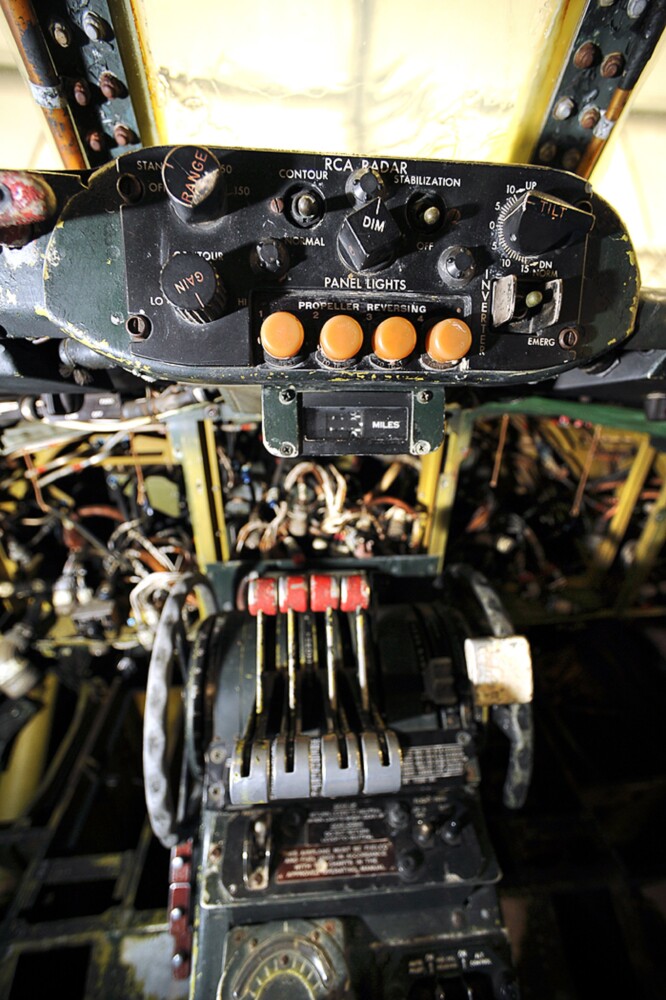

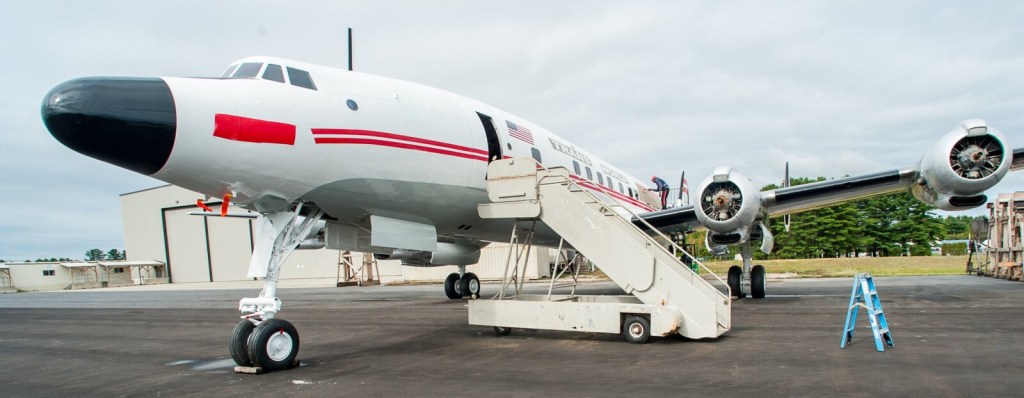
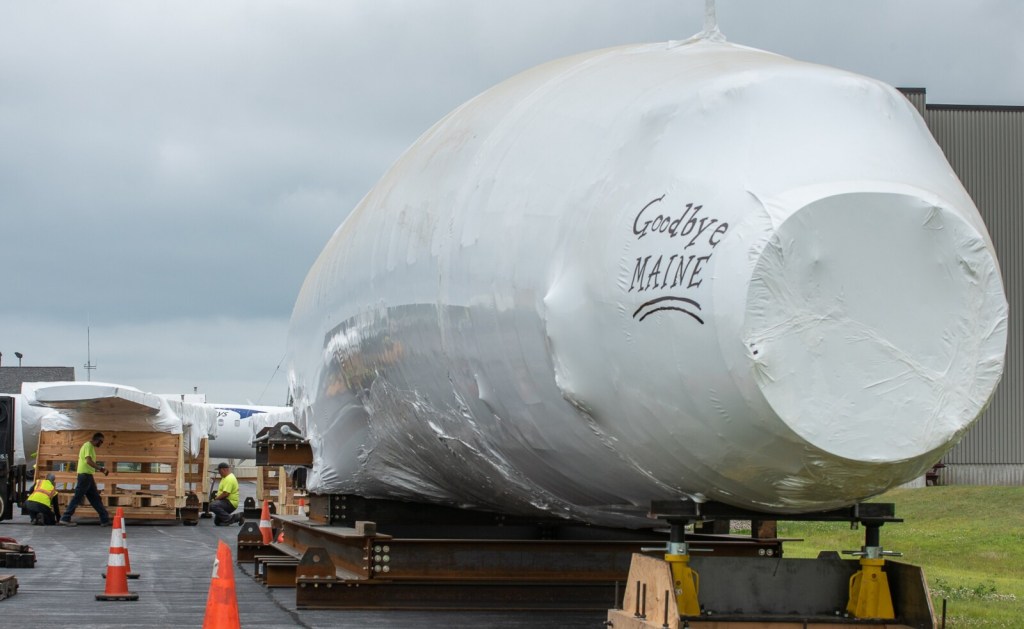

Comments are no longer available on this story